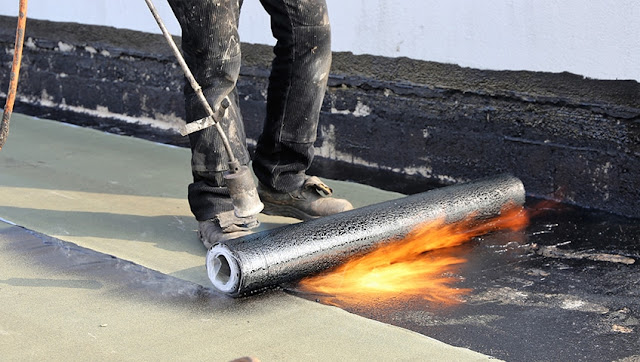If you have water stains that extend across ceilings or run down walls, the cause is probably a leaky roof. Tracking down the leak is the hard part; the roof leak repair is usually pretty easy.
1. Take pictures for proof of insurance
If your roof leaks, do you want to know what to do?
This is the step! If you need to file a claim with your home insurance company for the damage, it will be helpful to have proof of the damage.
>> Related Post: Types of Quality Roofing Services.
We can't say enough about how important it is to take pictures and write things down.
It shows how bad the damage to the roof was and how bad the damage was to other things. If the roof leak damaged your TV, computer, furniture, bedding, or kitchen, write it down.
Your insurance might be able to fix the roof and pay for new things you lost.
But if your roof is leaking, we strongly suggest you call another roofer or us for professional roof repair. When working on roofs, there are many things to know, and safety is always the most important thing!
2. Let Water Pressure Down
Water is getting in that area if your ceiling has a sagging bulge.
Even though it might not seem wise, make a hole in the area.
If you don't fix it, the water could spread and damage the ceiling more.
Plus, it could eventually blow up on its own and make a bigger mess.
Carefully poke a hole in the bottom of the bulge with a screwdriver and put a bucket under it to catch the water.
Depending on the leak's size, you may need to make more than one hole.
>> Related Post: How to Choose the Right CRM for Your Construction Company?
If your roof leaks and you can't fix it right away, a tarp is the next best thing. Put a tarp over the problem area when the roof is safe enough to climb.
Sometimes it's hard to find where the problems are. If you're having trouble, look at where the leak is inside to try to figure out where the problem is.
Use one that is at least 6 millimeters thick and at least 4 feet long, from the problem area to the top.
If the peak is too far away, tuck the tarp under the roof tiles to stop water from getting under it.
So, it gives a lot of protection around the edges and ensures that the whole area is covered.
3. Keep the water in
If your roof leaks, try to stop as much of it as possible. Grab buckets, trash cans, towels, or anything else you can find to catch the water and lessen the damage it can do.
Not only that, but the water could damage your floors. Please make sure you have several containers nearby that can catch the water, and make sure to change them out often to prevent them from overflowing.
When you're trying to track down a leak, start by looking at the roof uphill from the stains. The first thing to look for is any roof penetrations.
Items that penetrate the roof are by far the most common source of leaks. In fact, it's rare for leaks to develop in open areas of uninterrupted shingles, even on older roofs.
Penetrations can include plumbing and roof vents, chimneys, dormers or anything else that projects through the roof. They can be several feet above the leak or to the right or left of it.
>> Related Post: A Guide to Estimating the Cost of Roofing.
If you have attic access, the easiest way to track down a leak is to go up there with a flashlight and look for the evidence.
There will be water stains, black marks or mold. But if access is a problem or you have a vaulted ceiling, you'll have to go up onto the roof and examine the suspect(s).
Conclusion
Swadley Roof Systems offers the best roofing services in the Houston, Austin, San Antonio and Dallas area.
- Tel: 832-559-8463
- Email: info@swadleyroofsystems.com
- Location: 17413 FM 2920 Suite O Tomball, TX 77377
- Facebook: Fanpage Swadley Roof Systems
- Website: https://www.swadleyroofsystems.com/







0 Comments
Đăng nhận xét